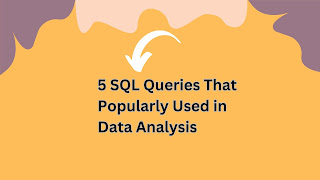 |
| #Life cycle of scrum with more details: |
Scrum is part of the Agile movement.
Agile is a response to the failure of the dominant software development project
management paradigms (including waterfall) and borrows many principles from
lean manufacturing. In 2001, 17 pioneers of similar methods met at the Snowbird
Ski Resort in Utah and wrote the Agile Manifesto, a declaration of four values
and twelve principles.
These values and principles stand in stark contrast to
the traditional Project Manager’s Body Of Knowledge (PMBOK). The Agile
Manifesto placed a new emphasis on communication and collaboration, functioning
software, team self organization, and the flexibility to adapt to emerging
business realities.
How Does Scrum Fit With Agile?
The Agile Manifesto doesn’t provide concrete steps. Organizations
usually seek more specific methods within the Agile movement. These include
Crystal Clear, Extreme Programming, Feature Driven Development, Dynamic Systems
Development Method (DSDM), Scrum, and others. While I like all the Agile
approaches, for my own team Scrum was the one that enabled our initial
breakthroughs. Scrum’s simple definitions gave our team the autonomy we needed
to do our best work while helping our boss (who became our Product Owner) get
the business results he wanted. Scrum opened our door to other useful Agile
practices such as test-driven development (TDD). Since then we’ve helped businesses
around the world use Scrum to become more agile. A truly agile enterprise would
not have a “business side” and a “technical side.” It would have teams working
directly on delivering business value. We get the best results when we involve
the whole business in this, so those are the types of engagements I’m
personally the most interested in.
What’s The Philosophy Behind Scrum?
Scrum’s early advocates were inspired by empirical inspect and
adapt feedback loops to cope with complexity and risk. Scrum emphasizes
decision making from real-world results rather than speculation. Time is
divided into short work cadences, known as sprints, typically one week or two
weeks long. The product is kept in a potentially shippable (properly integrated
and tested) state at all times. At the end of each sprint, stakeholders and
team members meet to see a demonstrated potentially shippable product increment
and plan its next steps.
Scrum is a simple set of roles, responsibilities, and meetings
that never change. By removing unnecessary unpredictability, we’re better able
to cope with the necessary unpredictability of continuous discovery and
learning.
(Ref: Scrummethodology)



.jpg)
Comments
Post a Comment
Thanks for your message. We will get back you.